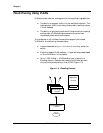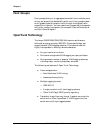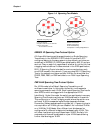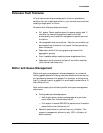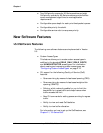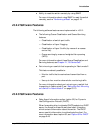
Avaya P550R, P580, P880, and P882 Multiservice Switch User Guide, v5.3.1 1-21
Introduction
Extensive Fault Tolerance
All multiservice switches are designed to function as backbone
switches. You can install each switch in your network’s core without
creating a single point of failure.
Extensive fault tolerance features include:
■ N+1 power. Power supplies share the power supply load. If
one fails, the remaining supplie(s) assume the load
automatically and the switch management system warns of
the failure.
■ Hot-swappable fans and modules - Each fan and module can
be changed from the switch front panel, without powering
down the switch.
■ Redundant switch links (using spanning tree and link
aggregation groups).
■ Front-loadable cables, modules, power supplies and fans.
■ Redundant switch element and switch controller modules
(fault-tolerant switches only).
Buffer and Queue Management
Buffer and queue management relieves congestion in a network.
Adding gigabit speeds to existing networks means that there can be
a huge disparity between link speeds. For example, anything more
than a 1-percent load on a gigabit link could easily overwhelm a 10
Mb/s Ethernet link.
Each switch employs the following buffer and queue management
techniques:
■ Configurable active backpressure:
— Half-duplex ports use active backpressure to jam input
ports when their frame buffers are full.
— Full-duplex links use IEEE 802.3z pause control frames to
pause traffic when buffers are full.
■ Packed frame buffers for optimal memory utilization. The
memory management allows virtually 100% utilization of
buffer memory.





